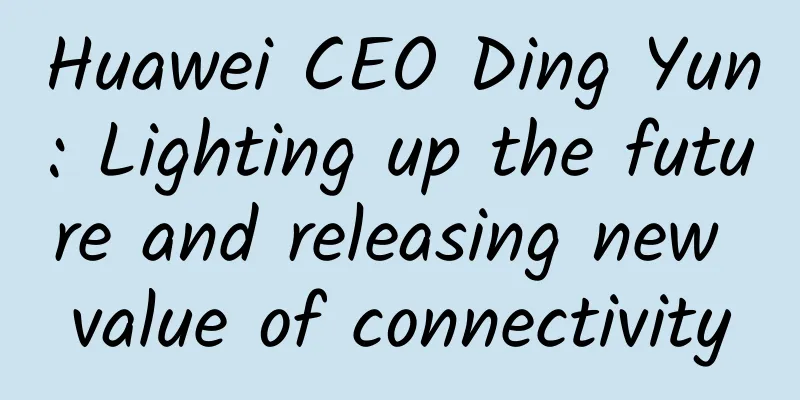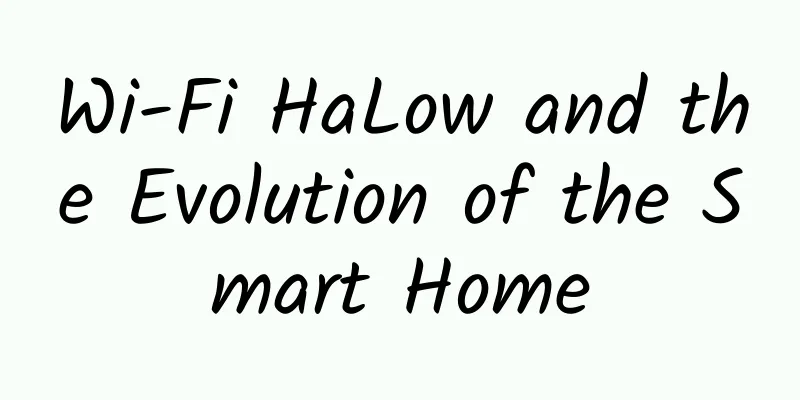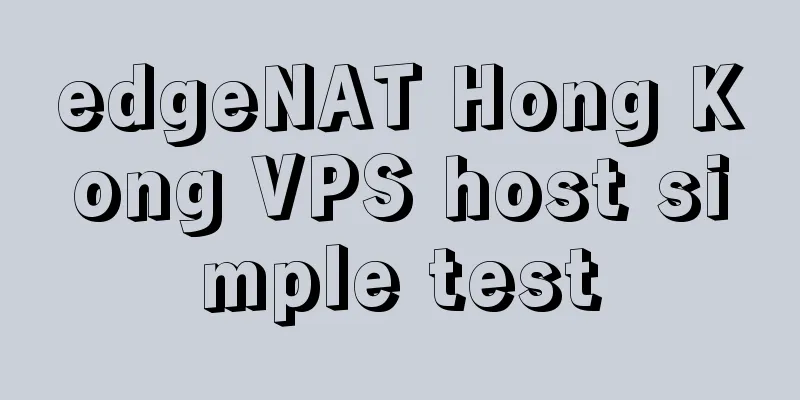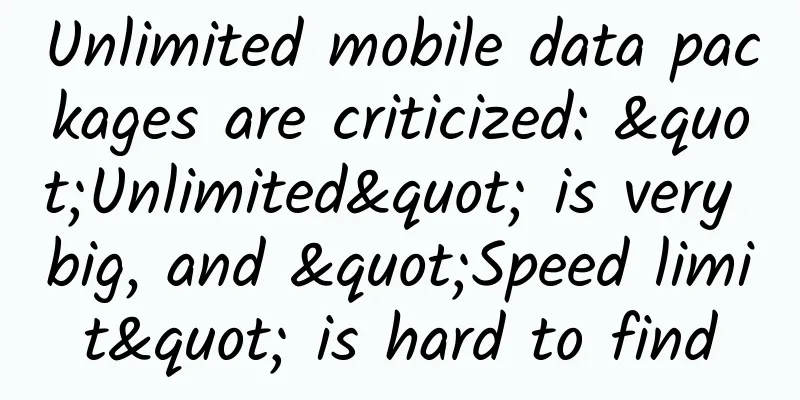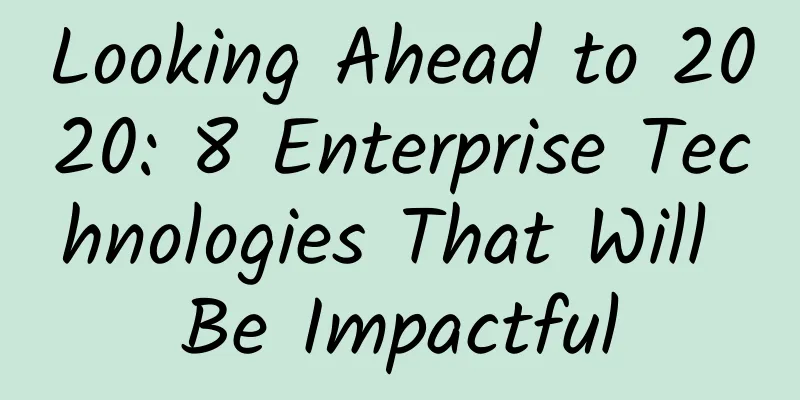What does Wi-Fi 6 and 5G convergence look like?
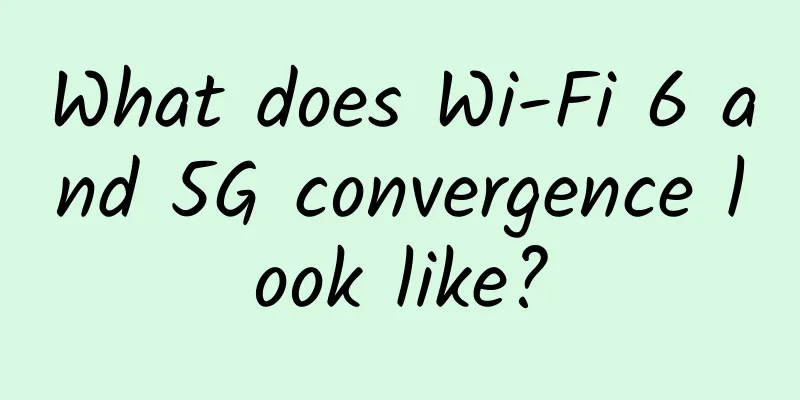
|
With Wi-Fi 6 and 5G convergence, the connectivity experience will be completely seamless. When it comes to how Wi-Fi 6 and 5G will work together in future networks, coexistence is a common diagnosis among industry insiders and the only real Wi-Fi and cellular combination that exists today. However, there is also a good case for Wi-Fi 6 and 5G convergence, which means that the two technologies will be combined into a single wireless network backbone for some larger venues. "The idea of convergence is that if there is a network that provides a certain service, from a mobile or cable operator's perspective, they will integrate Wi-Fi into their core network," Bruno Tomas, director of the Wireless Broadband Alliance (WBA), explained to RCR Wireless News. Currently, when deploying cellular networks, there is always some centralized hardware and software to manage base stations. However, with the convergence of Wi-Fi 6 and 5G, the WBA hopes to "ultimately have a new interface that allows operators to truly say that Wi-Fi is just another radio in their comprehensive strategy." “The rules for me connecting to that Wi-Fi are defined by the mobile operators themselves, and when you connect to those networks, you’re using all the services that you would have used on 5G on that Wi-Fi connection,” Thomas said. “Continuity. It’s going to be completely seamless. My vision is that when I turn on my data, everything blends together so that other people can decide what’s good for me based on what I’m paying for data and the network metrics.” The technical details of some of these convergences were highlighted in a study published by 3GPP that examined the feasibility of convergence by specifically looking at LAN support for 5G.21 and how 5GLAN-type services could provide LAN emulation capabilities for both Wi-Fi and mobile wireless networks. The study argues that this would eliminate the need for a Wi-Fi backbone, with Wi-Fi and mobile devices connected to a single radio network based on 5G technology. In addition, many industry insiders pointed out that the 3GPP standard has announced the adoption of 6GHz unlicensed spectrum, the same as Wi-Fi 6, because this provides distributed antenna systems (DAS) with the opportunity to support both licensed and unlicensed spectrum, which is a good sign that they can communicate with Wi-Fi and mobile devices at the same time. For mobile operators, Wi-Fi and 5G convergence improves visibility into Wi-Fi networks, enabling them to better control customer experience and deliver better services, according to a BRAN Convergence white paper developed by WBA and the global Next Generation Mobile Networks (NGMN) Alliance. In addition, mobile operators can better offer enterprise Wi-Fi network management solutions to enterprise customers. On the Wi-Fi side, the paper says that as the two technologies converge, Wi-Fi operators will also be able to provide an enhanced user experience through increased visibility and improved transition management as they operate overlapping cellular and Wi-Fi networks. In addition, enterprise Wi-Fi networks will be able to access 5G services provided by operators. Wi-Fi vendors, in particular, have been outspoken about the importance of convergence. Last year, for example, Boingo CTO Derek Peterson said the company was a "strong believer in convergence," adding that industry players will "need all technologies." Charge Communications and Cisco Systems have also expressed interest in how Wi-Fi 6 and 5G will work together, with Cisco CEO Chuck Robbins commenting at last year's Mobile World Congress trade show that "Wi-Fi 6 and 5G are designed to work together." Convergence of fixed wireless access Adam Smith, director of product marketing at LitePoint, believes that fixed wireless access (FWA) is the “excellent marriage of Wi-Fi and 5G” and is where the two become truly like “peanut butter and jelly,” arguing that when it comes to FWA, the two technologies come together “just right.” FWA is a method of providing wireless connectivity to homes and businesses via a radio link between two fixed points, eliminating the need for fiber and cables to achieve the last mile connection. The cost of laying and maintaining fiber can be prohibitive in many situations, such as rural and suburban environments, making FWA, which can still provide ultra-fast broadband, an attractive option. 5GFWA uses new radios at millimeter wavelengths and employs standardized 3GPP architecture and common mobile components to offer a competitive alternative to fixed-line DSL, cable and fiber in all markets. According to Smith, providers could potentially use 5GFWA to bring millimeter wave signals into buildings, where they would then be distributed over Wi-Fi. “From a strictly use case perspective, I think FWA is a great example of the convergence of 5G and Wi-Fi,” he said. “In this use case, 5G is an ideal solution to bring ‘fat data pipe’ wide-area connectivity to the office, home or venue, solving the challenge of digging fiber down the street. Once the building is connected, Wi-Fi is an ideal technology to convert the operator’s dedicated wide-area connectivity to a local connection on unlicensed spectrum.” He called getting high-frequency signals into buildings “a fundamental physics problem,” adding that when it comes to sub-6GHz 5G (FR1), massive MIMO and beamforming can be used on the base station side to get a strong enough signal to get into a building, but with mmWave (FR2), doing so is “very problematic.” Smith went on to explain that for FWA on mmWave networks, an external “outdoor unit” (ODU) can connect to an indoor unit (IDU), adding that it may be more common to place the ODU in a convenient line-of-sight location to an operator’s mmWave base station and then have an umbilical to the IDU, particularly in enterprise and venue scenarios. |
<<: Comment: Who is the first 5G city?
>>: Huawei invites you to use your imagination to guess
Recommend
Exploration of the application of computing network metropolitan area RDMA in home broadband network
1. Dilemma of Traditional TCP/IP Network Transmis...
Seamless mobile connectivity is key to digitalization in healthcare
[[373455]] The widespread problem of unreliable c...
Flash is going to be discontinued, but new technologies in the 5G era will leave you no time to recall the past
I saw a piece of information that Adobe said it w...
edgeNAT Double Holiday Promotion: VPS special price starting from 199 yuan per year, 30% off for regular monthly packages and 40% off for annual packages
edgeNAT has just released a promotional event dur...
How is Instagram expanding its infrastructure across the ocean?
【51CTO.com Quick Translation】In 2014, two years a...
How 5G will impact payment processing in 2021 and beyond
[[437603]] If you follow current events, you’ve p...
The three major operators made 457 million yuan a day in the first three quarters! How much did you contribute?
On the evening of the 22nd, China Telecom disclos...
The 18th China Enterprise Annual Selection List for 2023 was announced: Huawei's high-quality Ethernet all-optical network solution won the 2023 IT Industry Campus Network Excellent Solution Award
In November 2023 , the " China Enterprise &q...
5G, IoT, edge and cloud: a winning combination
The number of 5G connections is expected to grow ...
EU approves release of 700MHz frequency band to promote 5G development
[[177576]] The European Parliament recently passe...
Wi-Fi 6 forces basic network equipment to upgrade
Wi-Fi 6 (802.11ax) is here, and more and more wir...
DiyVM: 50 yuan/month-dual core, 2G memory, 50G hard disk, 2M, Hong Kong CN2 data center
DiyVM is a long-established Chinese hosting compa...
What are the 5G scenarios in digital transformation?
It is predicted that by 2025, there will be 1.2 b...
Academician Zhang Ping: 6G and 5G do not conflict, they are an iterative relationship
While the entire industry is still looking for ki...
IPC Streaming Media Transport Protocol (Part 2) - SRT
1. The past and present of SRT SRT is the acronym...
